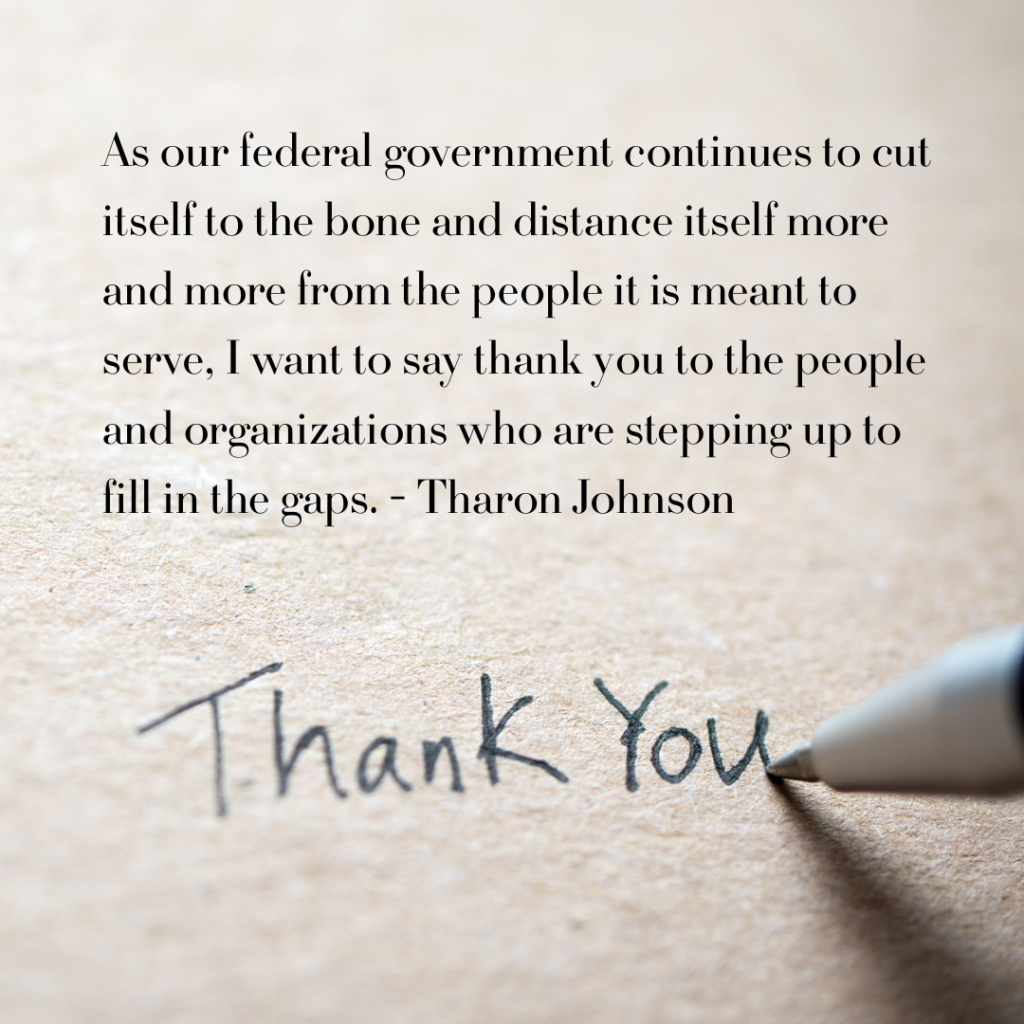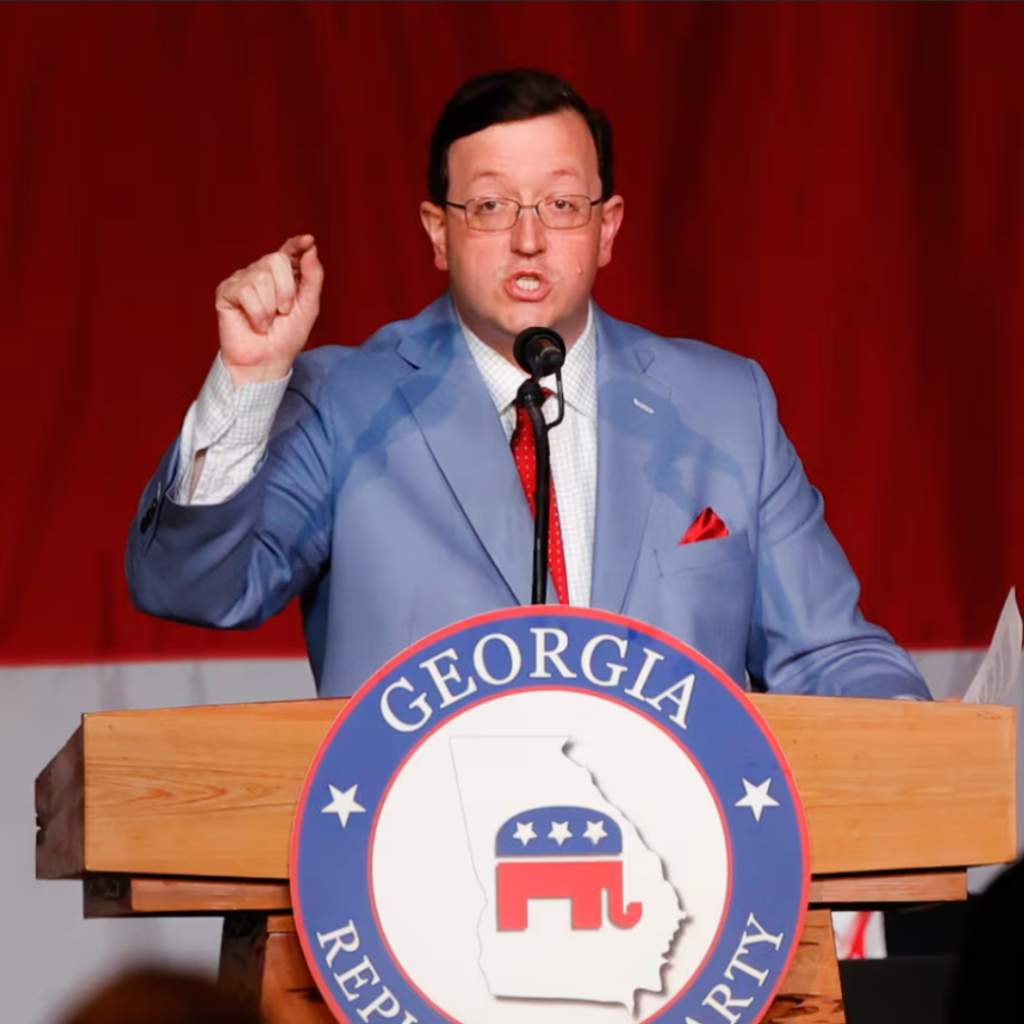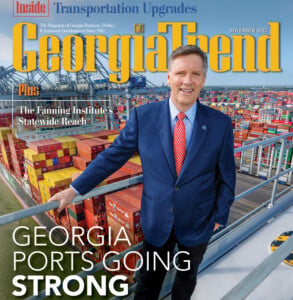Unions: Bedrock of the Middle Class
Union membership peaked in the 1950s when one-third of the workforce was part of a union.
 Over the last 40 years, the wealth gap between rich and poor Americans has grown into a chasm. While our economy is larger now than it ever has been, with macroeconomic trends like employment, median household income and the stock market painting a rosy picture, it only takes a little digging beneath the surface to see that the middle class, which once defined our country, is shrinking.
Over the last 40 years, the wealth gap between rich and poor Americans has grown into a chasm. While our economy is larger now than it ever has been, with macroeconomic trends like employment, median household income and the stock market painting a rosy picture, it only takes a little digging beneath the surface to see that the middle class, which once defined our country, is shrinking.
The middle class represented a 62% share of household income in the United States in 1970 while the upper class represented 29% and lower income families represented 10%. As of 2022, the reality is starkly different, with upper income households bringing in 48% of this country’s wealth while middle income households have fallen to a 43% share. Lower income households dropped slightly to 8%.
In other words, the benefits of our strong economy are disproportionately going to the top 10% with an even stronger bias for the top 1% and 0.1%. There are many intersecting reasons that have been debated to account for that shift, from former President Ronald Reagan’s dramatic tax cuts and deregulation in the 1980s to globalization shifting many once-stable manufacturing jobs abroad.
One key reason that must not be overlooked, however, is the decline of American unions. Unions enable workers to collectively demand better wages, working conditions and benefits, demands that almost always fall on deaf ears when coming from an individual or a small group that can easily be fired if deemed “agitating” in a workplace.
Union membership peaked in the 1950s at one-third of the workforce. Despite the racial and gender discrimination that permeated the country at the time, income inequality was near its lowest level in modern American history and continuing to trend in the right direction.
 Today, as the middle class struggles to put food on the table, union membership is at a record low, with only one out of every 10 workers represented in a union. The decline is particularly strong in the private sector, where union membership is only 6%, compared to 33% for public sector workers.
Today, as the middle class struggles to put food on the table, union membership is at a record low, with only one out of every 10 workers represented in a union. The decline is particularly strong in the private sector, where union membership is only 6%, compared to 33% for public sector workers.
The reality is even more dire in Georgia. In a state where we have a minimum wage of just $5.15 on the books, it’s no surprise that only 4.4% of Georgia workers are union members. State leaders have made it clear that they believe even that number is too high, with the recent passage of anti-labor legislation such as SB 362.
The law bans new businesses from receiving state incentives if they recognize union representation without first holding a secret ballot rather than a card check. A card check is a method of organizing that generally makes it easier to form a union.
Georgia is also ranked 11th for the highest inequality level in the country, with the benefits of billions of dollars of new investments rarely making their way down to the average Georgian. That is particularly punishing for women, who make an average of 82 cents for every dollar a man makes.
If we ever hope to reverse the trend of income inequality, we need to make our unions stronger, not weaker. We need to make it easier for workers to organize and present a united front to corporations, which are increasingly looking to squeeze every cent of profit out of their workers while simultaneously looking to new innovations like AI to cut costs by cutting their workforce.
The ratio of CEO to worker pay has increased from roughly 20-to-1 in the 1950s to 272-to-1 now, indicating there is a clear need to shift the balance of power back toward the millions of people who are working harder than ever, only to see their purchasing power dwindle with every trip to the grocery store.
It could take years, if not decades, to reverse the decimation of the middle class that has happened over the last 40 years. It is no coincidence its decline coincided with the concerted effort of the wealthiest Americans and their enablers in government to strip unions of their power and ability to organize.
Much like with voting, our strength comes from the ability to act with one unified voice and call for change. Unions are a megaphone that amplifies that voice and gives people the power to fight for what they deserve. The people need that power now more than ever, and we will only get it if we remember just what we’re capable of when we put our differences aside and demand better. 
Tharon Johnson can be seen Sunday mornings on The Georgia Gang on Fox 5 Atlanta. He received a Green Eyeshade award in journalism in 2023.
Photo credit: Alegandro Avila Cortez






